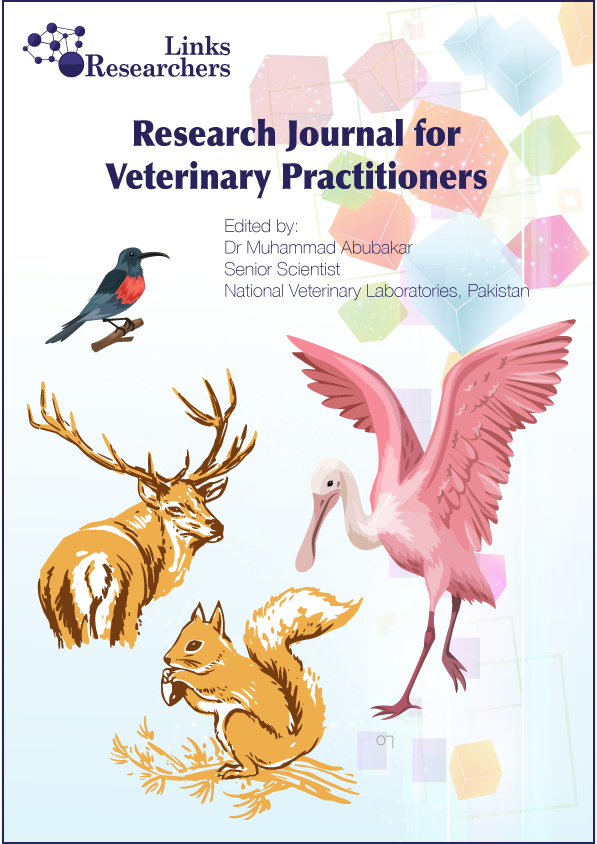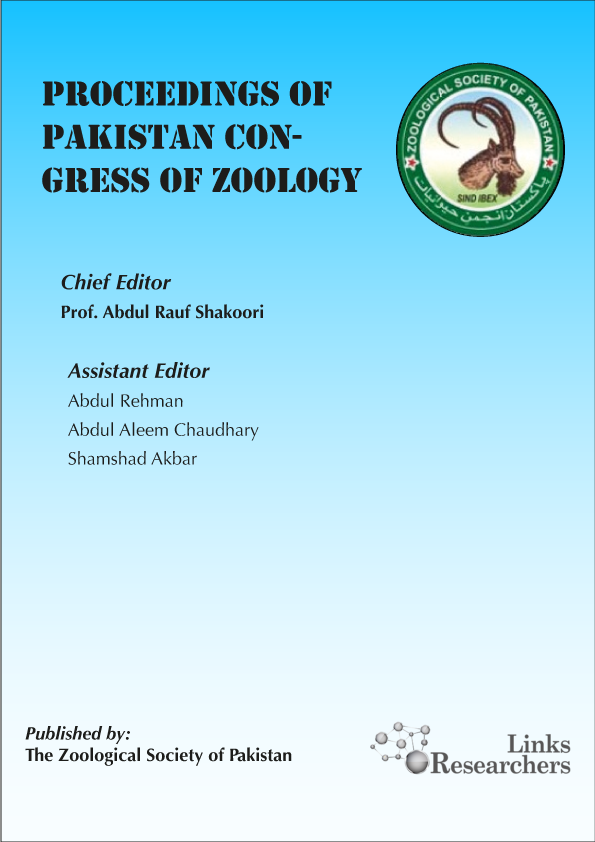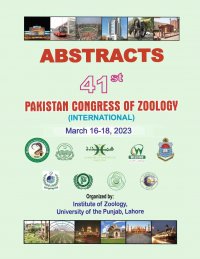Qin Zhao1,2, Yani Sun1,2, Gaiping Zhang1,3, Frederik Widen4, En-Min Zhou1,2,*
zhouem@nwsuaf.edu.cn
Oladipo Elijah Kolawole*, Oloke Julius Kola, Awoyelu Elukunbi Hilda, Olasunmibo Oluwatobi Gabriel, Ogunyale Tolulope Temitope
E-mail | koladipo2k3@ yahoo.co.uk
Wan-Long Zhu* and Gao Wenrong
Anil Sehajpal, Saroj Arora and Parminder Kaur
...
Ghulam Hussain1, Muhammad Asrar1, Dilbar Hussain2, Khurum Zia3, Abdul Rashid4*, Hina Anwar5, Muhammad Azeem1, Saddam Hussain1 and Sabeen Asghar1
Serageldeen Sultan1, Nabila Osman2
Ting Jia1*, Dong-Min Hou2 and Wan-Long Zhu2*
Anatoly Murashevich Bittirov1*, Sadrutdin Shamshitovich Kabardiev1, Ayub Yusupovich Aliev1, Boris Kazievich Laipanov2, Svetlana Aleksandrovna Shemyakova2, Ismail Anatolyevich Bittirov1
A. A- E. Abo-Elkhier1, K. S. E. Abdel-Wahab2, M. A. Ali3, M. A-H. El-Sayed4, N.A-K. Saleh5 and A. A. Atef6
Tarique Ahmed Khokhar1*, Atta Hussain Shah1, Muneer Ahmed Jamali1 and Asghar Ali Kamboh2
TAHIR IQBAL1, 2, UMER RASHID1* & MUHAMMAD IDREES3, 4
Afnan Ahmed Allhyani1, Mohamed Baeshen1, Nagwa Thabet Elsharawy2,3*
Munib Hussain1, Abdul Razzaq2, Mohammad Qasim1*, Muhammad Jamil3, Abid Hussain4 and Najeeb Ullah5














